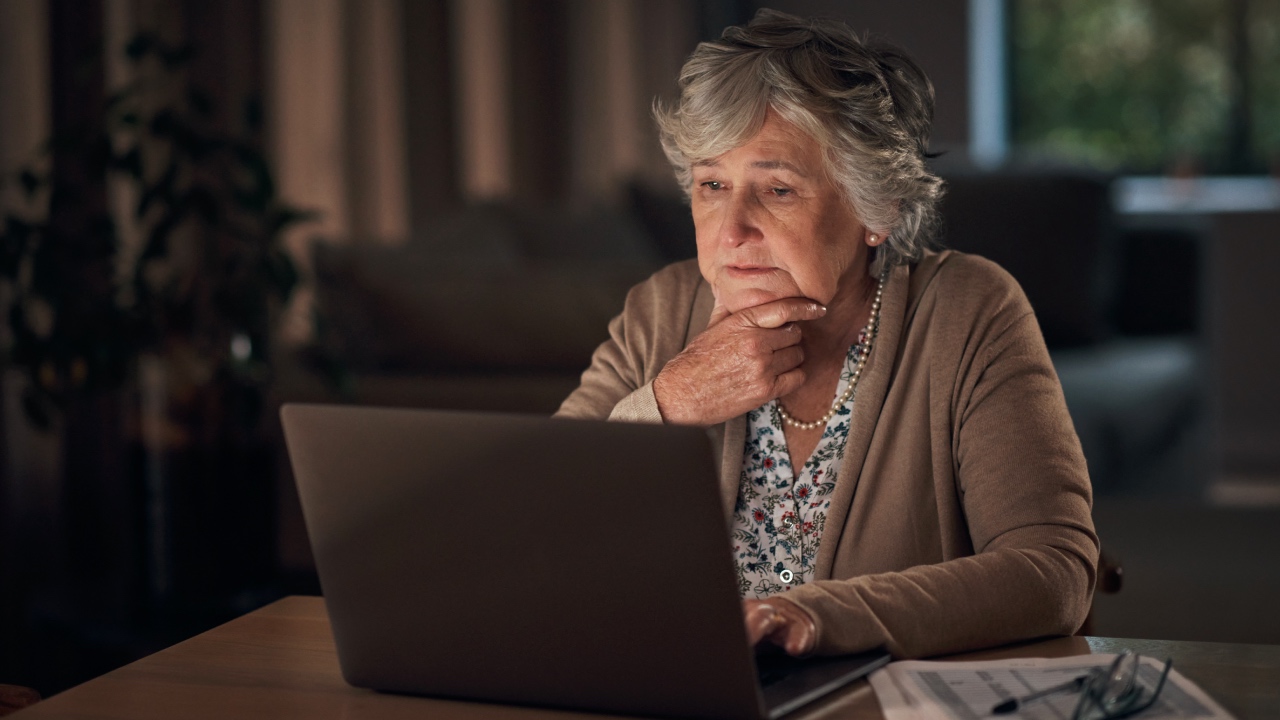Misinformation and the Voice: how can you spot and defuse false claims?

On 14 October, Australians will vote in their first referendum in 24 years.
The question – whether to establish an Aboriginal and Torres Strait Islander Voice to Parliament – has been hotly debated for much of this year already, and campaigning will ramp up for both the Yes and No votes in coming weeks.
Misinformation and disinformation about the referendum have also been circulating, both on- and offline.
What should we be keeping an eye out for, and what are the best methods of dealing with misinformation? Cosmos investigates.
“There’s a whole field unto itself on how you classify misinformation,” says Dr Natasha van Antwerpen, a lecturer in psychology at the University of Adelaide.
It can vary “from the very blatant, absolute lie, through to something that, even if all the facts are correct, the actual impression that you get is not true”, she says.
It’s particularly difficult to see if you’re dealing with statements about the future – such as, ‘a Yes or No vote will cause this thing to happen’.
“With prediction, it can be really challenging, because you don’t really have a ground truth to work with,” says van Antwerpen.
“Things that you can always look out for tend to be: if it’s a really extreme statement, if there’s no degree of uncertainty in the prediction, and sometimes if it’s very obviously feeding into a politicised narrative, that can be a bit of a red flag.”
Acknowledging uncertainty is often a better sign that the information is true, says van Antwerpen, as is checking someone’s citations.
“What are the bases that they’re making those predictions on? Have they actually got solid research evidence behind the predictions that they’re making, as opposed to speculation?”
While the actions both campaigns want people to take in this referendum are very simple – either vote yes, or no – they rest on a very complicated cultural context.
“There’s a lot of things that are feeding into people’s decision making that don’t just come from the campaign, they have extraordinary long legacies in Australia,” says Dr Clare Southerton, a lecturer in digital technology and pedagogy at La Trobe University.
“When you’re trying to inform people, they’re always going to be interpreting it through their own lens. And that’s how misinformation is able to circulate so rapidly: people respond to it in emotional ways, because they’re coming to it from their own personal histories.”
What’s the best way to deal with misinformation if you do come across it?
“I wish there was a simple answer,” says Southerton.
“Unfortunately, research shows that at this point there is really no most successful strategy.”
That said, there are things that work in different circumstances. Southerton says that on social media, reporting the misinformation is a reliable strategy. “When misinformation is mass-reported, it does get taken down – unfortunately, not usually before many, many eyeballs have seen it.”
What about your friend or relative who’s dead-set on a stance you know is factually incorrect? Southerton says that while, once again, there’s no method with strong evidence proving it to be the best, connecting with the person “on an emotional level” often helps change their beliefs.
“If you can think about where they might be coming from, and connect with them on that level, that’s going to be the most successful. Because we know that people share misinformation because the position that the misinformation has taken makes them feel good,” says Southerton.
Southerton warns against “debunking” by simply telling someone that they’re wrong.
“Correcting someone, or fact checking, feels good to us, but often shames the person who’s shared the misinformation and can radicalise them further.”
This doesn’t mean you need to legitimise their viewpoint.
“Try and think about ways that you can humanise your position to them,” says Southerton.
“Ultimately, this is a very emotional time for Aboriginal people in Australia, to have these kinds of debates happening about them in a way that can open up conversation for extreme racism to happen in the public sphere.
“So it’s really important that we don’t legitimise that racism. But at the same time, […] what is actually successful, as a way to combat misinformation, is about connecting with people who are sharing it, and seeing what ways we can best reach them.”
For people who deal with a lot of misinformation professionally, van Antwerpen says it’s important to choose which myths to debunk – you won’t be able to fight every single false statement.
Once chosen, she recommends The Debunking Handbook by Stephan Lewandowsky for evidence-based advice on challenging myths.
In general, “you want to start with the facts in a very clear way, so you want it to be as concise as possible,” she says.
“We used to say ‘never repeat the misinformation’, but that’s changed a bit now. Generally, it’s best to warn that you’re going to say misinformation, and then just say it once.”
Then, van Antwerpen says it’s very important to explain why the misinformation is wrong.
“Our brains like to have some sort of explanation. If we don’t have something to fill the gap that’s left when we correct the misinformation, it will just go back to the misinformation.”
Being conscious of political narratives, without feeding them and getting more polarised, is important too.
“When we present these really polarised arguments, people often tend to either polarise or they’ll get apathetic and drop out,” says van Antwerpen.
“So if you’re looking at informing people, it’s finding how can you communicate it in a way that’s not encouraging that split.”
Image credits: Getty Images
This article was originally published on Cosmos Magazine and was written by Ellen Phiddian.
